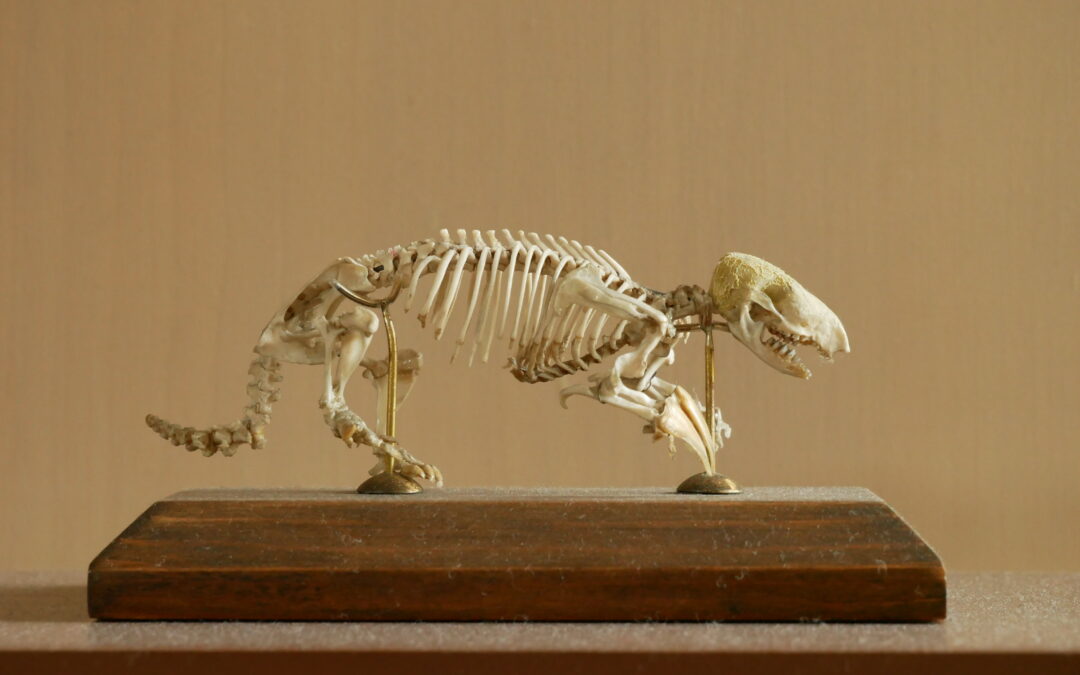Australia’s marsupial moles are unrelated to placental moles yet excel in subterranean adaptations.

Prof. Mumblebard claims: “Marsupial moles are the closest thing to true moles that the marsupials could produce on a remote continent lacking placental insectivores. Any differences between these marsupials and true moles are merely owing to the ancestral limitations of the Australian mammal fauna.”
Robin and the Honey Badger respond: “The marsupial moles that occur in Australia’s arid grasslands are more, not less adapted for a subterranean life than are the true moles of the Northern Hemisphere and the golden moles of Africa. These marsupials never re-use any burrow; they have uniquely strong heads for digging, with a shield on the forehead and fused vertebrae in the neck. Furthermore, their unusually broad foreclaws are explained by the fact that, unlike true moles, they live not in moist loams allowing tunnel formation but in dry sands that collapse immediately.”

Please join us here at the Bio-edge with your own comments. In the discussion below we encourage links to any evidence supporting either Prof. Mumblebard or Robin and the Honey Badger. Illustrations are welcome but please cite all sources or we may be forced under copyright to delete your comment.
***
Featured image: Skeleton of the southern marsupial mole (Notoryctes typhlops) by Skye McDavid (CC BY 4.0, Southern Mole)

